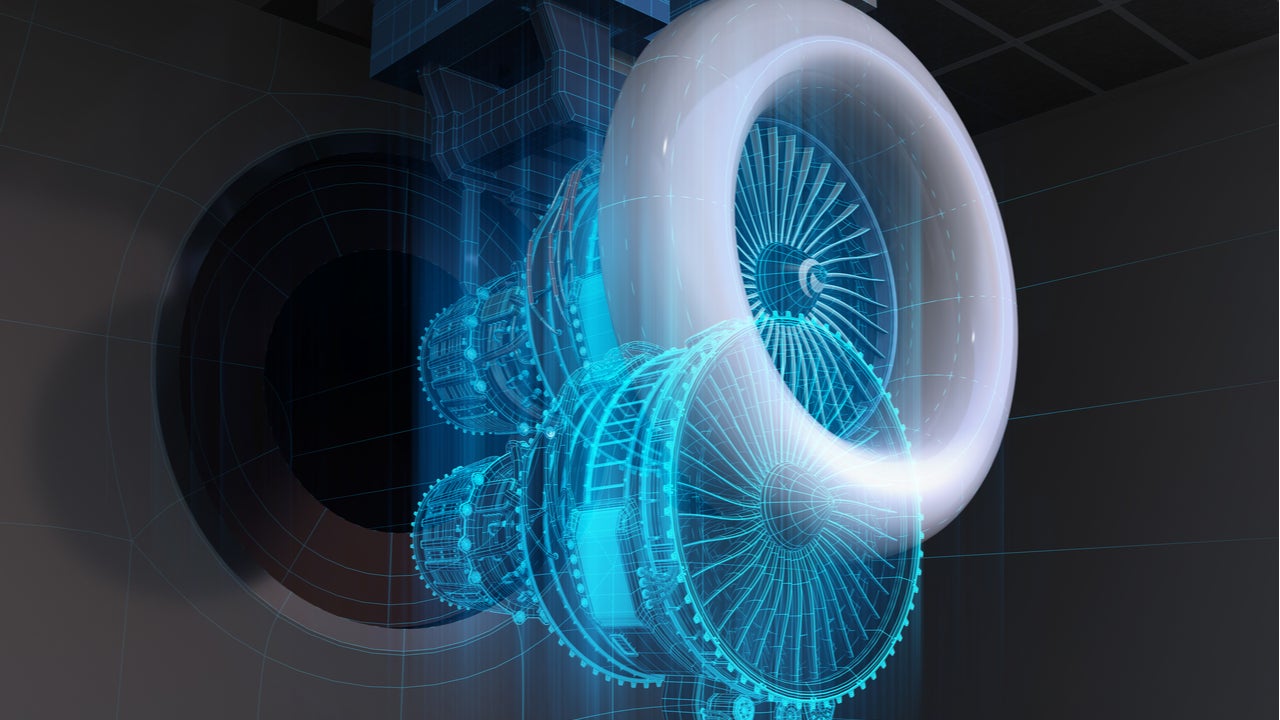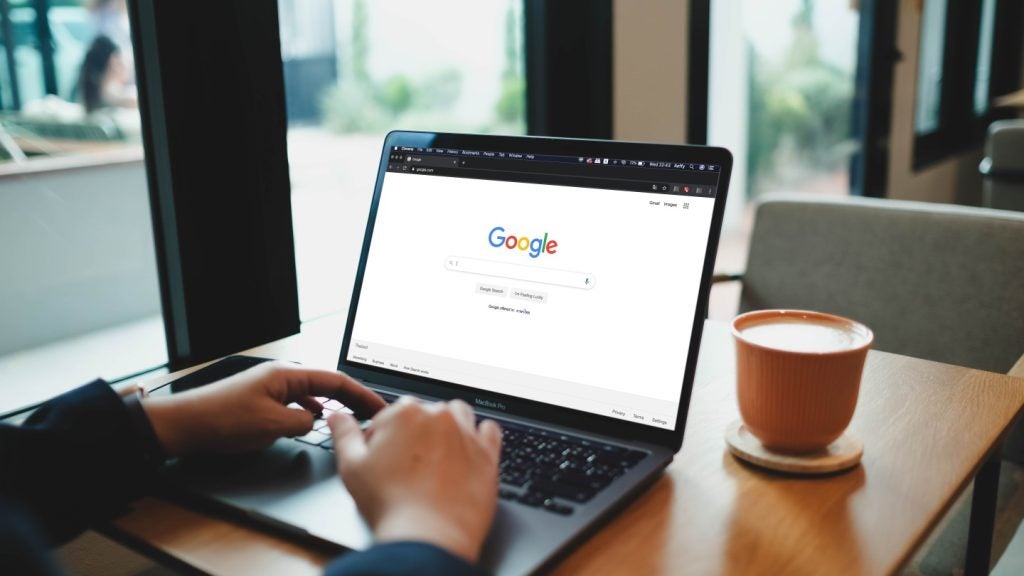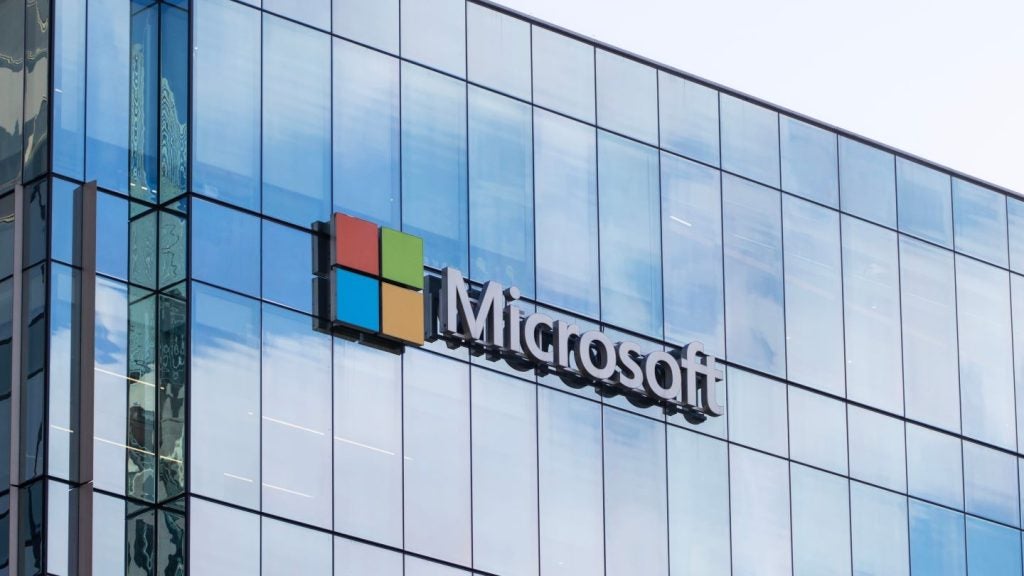With massive supply chain disruptions in 2021, ESG set to be the most important theme for businesses in 2022, and many unknown disruptive threats lurking on the horizon, digital twins could be the saving grace in the face of these pressures; yet it is often overlooked.
Digital twins can aid in all these areas, and 2022 will see companies integrate digital twins into their organizations to boost efficiency and productivity. The short and long-term efficiency and productivity gains they provide are already being recognized by many companies. For example, Hyundai announced on January 15 that they were building a digital twin of one of their factories. This will allow them to optimize operations and solve problems within the factory remotely, preventing the need for unnecessary travel.
What are digital twins?
Digital twins are representations of physical assets, systems, or processes produced by digesting data. They can apply to any system or organization—a car, a home, a factory, a power grid, a telecom network, or even a whole city—and can enable the user to understand an asset’s condition, run simulations and scenarios, and provide a digital snapshot for future maintenance.
One example is the creation of a digital twin of an aircraft engine blade. Engine blades erode over time due to their extreme operating conditions. By running simulated scenarios, companies can better predict how a blade will degrade, meaning maintenance can be undertaken before a problem occurs.
Digital twins fall under the umbrella of the Internet of Things (IoT), which describes the use of connected sensors and actuators to control and monitor the environment, the things that move within it, and the people that act within it. GlobalData predicts that the global IoT market will generate a staggering $1,077 billion in revenue by 2024, up from $622 billion in 2020. Digital twins are a part of a large and growing market and are, therefore, set to grow in importance and number over the next few years.
How twins can help
ESG will be the most important theme for businesses over the next decade. Companies are increasingly held accountable by all stakeholders if they fall short, including consumers, investors, and employees. A digital twin can be used to analyze a company’s environmental impact across its supply chain, from building heating to transportation. Companies can then run simulations and uncover ways to boost their energy efficiency, thus cutting carbon emissions.
How well do you really know your competitors?
Access the most comprehensive Company Profiles on the market, powered by GlobalData. Save hours of research. Gain competitive edge.

Thank you!
Your download email will arrive shortly
Not ready to buy yet? Download a free sample
We are confident about the unique quality of our Company Profiles. However, we want you to make the most beneficial decision for your business, so we offer a free sample that you can download by submitting the below form
By GlobalDataCompanies may even take it a step further. Nvidia, for example, is planning to build the world’s most powerful AI supercomputer to create a digital twin of Earth. Earth-2, as it has been named, would run climate simulations and give cities early warnings and infrastructure solutions to mitigate the impact of climate change.
Many companies also failed to handle the supply chain disruptions that occurred in 2021, and there will be similarly disruptive events in the future. Digital twins can be used to simulate disruptive scenarios and provide data-driven strategies for mitigation. This will allow companies to have multiple, easily implementable action plans in place should the worst occur.
Digital twins take many forms, and there is no single template, solution, or platform for their creation. What is important is having high-quality, verified, and referenced data. With that data in place, the potential benefits of introducing a digital twin to an organization will be huge.









Related Company Profiles
SK Telecom Co Ltd
MBB SE